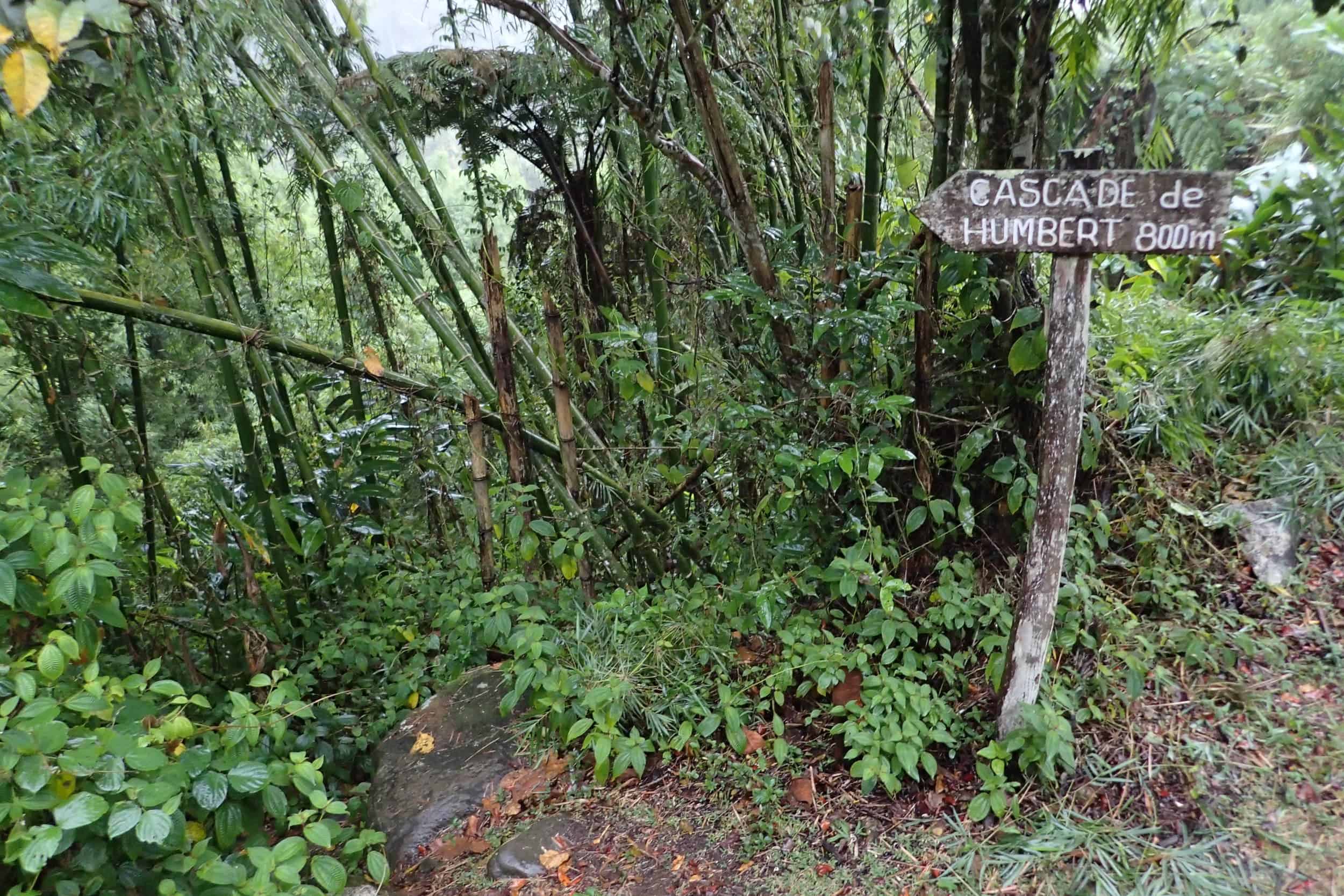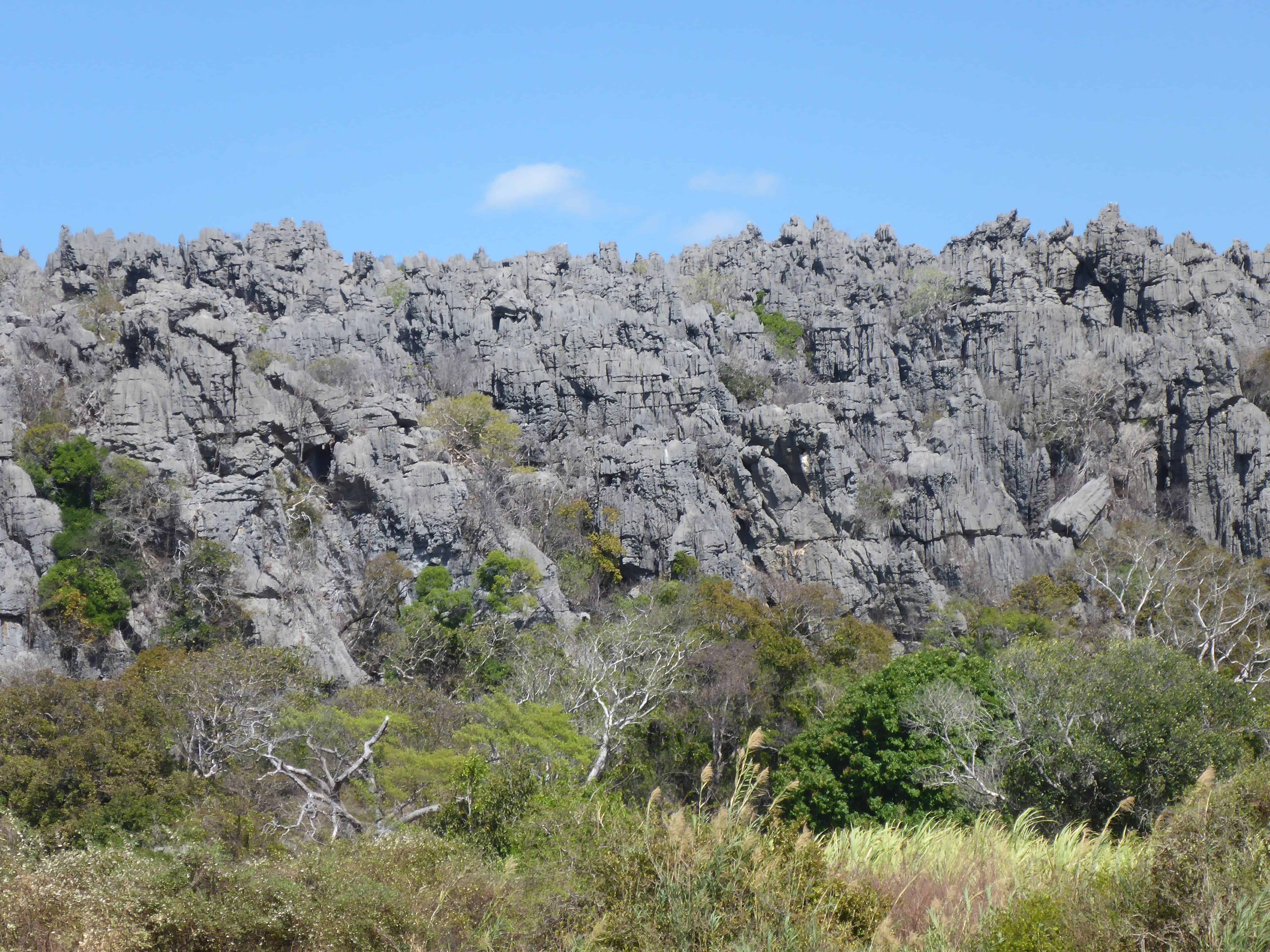Mark Scherz’s discovery of a gecko with huge scales that detach to escape predators made it on all of the major news sources last week, including BBC, the New York Times, The Washington Post, and ZMEScience. We managed to pin him down to discuss this unique little gecko from Madagascar. It turns out that sexy isn’t always the most interesting, other geckos also lose their scales, and these particular geckos live in a very unique habitat.
ZME: When did you first see the gecko and what did you think when you saw it?
Mark Scherz: Well I first saw the gecko in preservative in the Bavarian State Collection for Zoology in Munich because I had just finished the first semester of my Master’s program with required classes and on the side I’d been doing this description project with Frank [Glaw] and I went to him and said now we can work together; I’d originally come to Munich to work with him. I wanted to describe a Uroplatus; they are these leaf-tail geckos that are just totally bizarre. They’re super sexy animals; many people want to work on them so it’s very competitive. Basically, I wanted to work on them but Frank said that’s not an option. So he suggested this species of gecko.
ZME: So you got the less sexy gecko?
MS: I got the less sexy gecko, which obviously turned out to be a better story because it is getting a lot of press. But the big advantage was that I was already using microCT and for this genus in particular, microCT was going to play a big role, that was clear.

ZME: Because the species were very similar looking?
MS: Because the species are very similar and because you can’t trust the scales; the scales come off and then grow in a different pattern. So by looking at the bones you have something that is solid and more permanent. When they are adults it should be relatively consistent within a species.
ZME: This species, Geckolepis megalepis, is so similar to the other gecko species Geckolepis maculata that they were confused for a long time. Do they also shed their scales?
MS: All of them. The whole genus. That includes all of the described and all of the undescribed species.
ZME: So it’s not so unique?
MS: Exactly, it’s five species. Well there are probably around eleven or twelve species in total, but that is small in terms of the thousands of species of geckos that exist. There’s a group of geckos from the Middle East called Teratoscincus that also shed their scales but not in exactly the same way. Nobody has really looked at the skin, but apparently it is quite similar. There are several other groups of geckos that can lose their skin, like Gehyra. They have fragile skin that rips if you grab them too hard but it hasn’t evolved for this purpose. Nothing does it to the level of Geckolepis, certainly not. And in Geckolepis we know from studies of histology that the skin or actually the entire integument has a special layer at the bottom of it that’s made of myofibroblasts, the cells that are in muscles, and those split the connection between the integument and the underlying tissue so they contract and break as if they are, if you pardon the word, “designed” to break off from the underlying lying tissue and slip off. It’s a really unique evolutionary trait of the whole genus.

ZME: If you could give it a common name what would it be?
MS: I already did that on Wikipedia, it’s the large-scaled fish scale gecko.
ZME: Here at ZME, we are interested in hearing about your expeditions to Madagascar, can you tell me a bit about them?
MS: I was not involved in the actually finding of this gecko, it was found by Frank and several other members of the team. In general, I go to Madagascar roughly once a year for anywhere from one month to three months, because three months is the limit for a visa without having to apply through an official process. Most of the work that we do on our expeditions is biodiversity surveying. On one hand, we are trying to get an idea of what the amphibian and reptile biodiversity is. On the other hand, we are doing targeted searches to try to discover new species every time.

ZME: How many do you find on average?
MS: I would say each survey yields between three and twelve properly new species to science depending on where it is and who’s on the team.

ZME: Is there anyone who you would like to acknowledge who played a key role in this research? Your name has been all over the press but you must have had a team too.
MS: That is really important. Frank is the last author, he collected the first specimen and he’s been my advisor for the past three and a half years. All of the coauthors have been very important. I had done a detailed osteological description of these animals but I had no experience with reptiles so I wanted to bring on the best expert I could get for gecko skulls. Juan [Daza] has a great body of work on gecko skulls in particular. I reached out and he came on very happily and he found the good characters in the skull that are very reliable. He was really helpful, but they all were great to work with. As you said, they have not gotten nearly enough credit for their role in the paper.
ZME: One last question, is there anything that you felt that was left out of the press that you think is important?
MS: I don’t that people have thought about the other species that are found in the same habitat. This gecko is only from one small area in Madagascar. The whole park that it’s found in is 182 km2. So it’s a very little area. Within that area there is at least one endemic genus of frogs that’s only found inside the park. There are at least two more reptiles, there’s a snake and a gecko that are found there, and two more frogs that I know about. So there is this whole biodiversity hotspot in this small, small area, which is cool.

ZME: What makes the area so special, that there are so many endemic species?
MS: Well, it’s this limestone karst called “tsingy”. That’s the malagasy word. And this tsingy forms these gullies and canyons and caves which creates more substrate for selection and for genetic drift. My pet theory is that because of the automatic isolation that comes from an animal colonizing this habitat they increase the genetic structure that they have which allows them to diverge very very quickly even in the absence of normal selective pressures. But there definitely are strong selective pressures that are associated with the habitat because it is quite different than the forest around. There are even lemurs that are micro-endemic to this habitat.

ZME: Is there anything else you’d like to add?
MS: One of the things that people have been talking about is how the scales are so big. I have repeatedly tried to impress on people that maybe this isn’t selected for. It’s hard to imagine, once you have this mechanism, why would you need it any bigger if it works even with the small scales. I think that it may be happening just because of genetic drift. You have these strongly isolated specimens and the functional population size is probably small so any mutation that comes up would probably be fixed very quickly whether it is deleterious or not. Maybe we have these large size changes just by chance. One corollary of that theory is that other species from the same habitat might not exhibit the same traits. There’s another Geckolepis found side-by-side with this one; it’s very common for two of these species to be found together. Going back to genetic drift, why would it be that one is selected to have big scales and the other is not? They have the same predators, they have the same ecology in every respect so the only factors that can drive this divergence in their morphology is drift or sexual selection. I don’t think that anyone has ever observed them mating. We don’t even know which sex they are so it’s hard to keep them in captivity and breed them if you don’t know what you have. So I can’t explain what’s causing some of these geckos to have massive scales and some to have small scales, but I think it may be drift.


